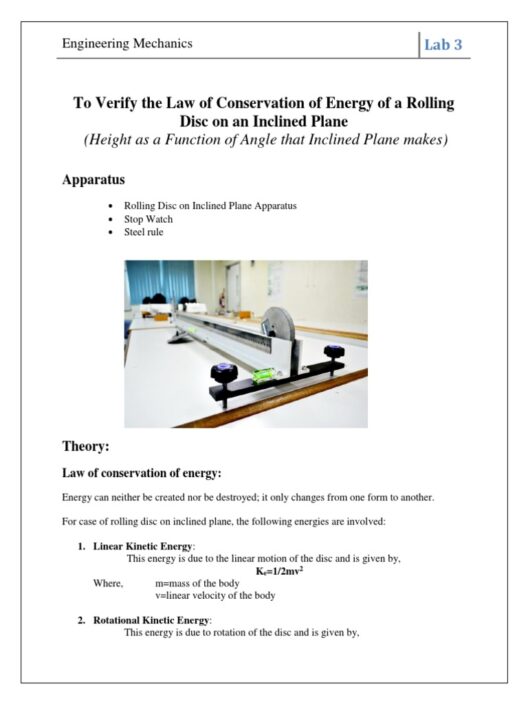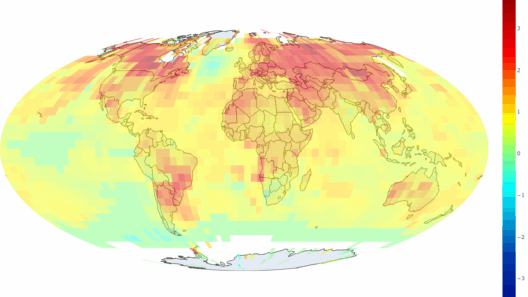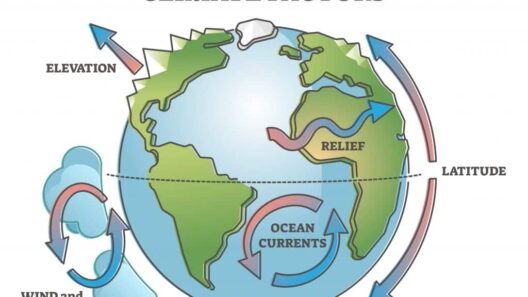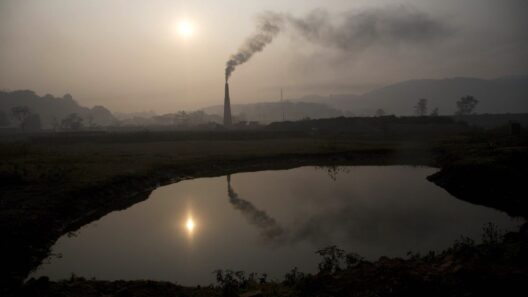Climate-savvy farming emerges as a crucial response to the dire challenges posed by climate change. It embodies practices that not only enhance productivity but also foster ecological integrity. When it comes to cultivating potatoes, an essential staple crop, understanding the conditions they thrive in becomes paramount. These humble tubers are not only a dietary mainstay for millions globally but also serve as a testament to our agricultural history and adaptation. Thus, what conditions do potatoes love?
Firstly, the soil’s composition is fundamental. Potatoes flourish in well-drained, loamy soils rich in organic matter. The balance of sand, silt, and clay in loamy soil provides excellent drainage, crucial to prevent the dreaded tuber rot. A pH level ranging from 5.5 to 6.5 is ideal, as it allows for optimal nutrient availability. Farmers can enhance soil quality through composting and the incorporation of green manures, although the temptation to utilize synthetic fertilizers should be approached cautiously. The irony is that while fertilizers can provide immediate nutrient boosts, they may also contribute to soil degradation and nutrient leaching—a stark reminder of the delicate dance between productivity and sustainability.
Next, consider climate. Potatoes are remarkably resilient but have their preferences—specifically, cool to moderate temperatures. An ideal temperature range for optimal growth is between 60°F to 70°F (15°C to 21°C). Higher temperatures can induce heat stress, leading to poor tuber development and increased susceptibility to pests and diseases. This is increasingly relevant in a warming world, where extreme temperatures threaten the traditional growing season. Climate-savvy farmers are already adapting by selecting early-maturing, heat-tolerant varieties, strategically timed planting, and employing shade nets or cover crops to alleviate heat stress.
Furthermore, water management is a pivotal aspect of potato cultivation. Potatoes require consistent moisture, especially during their flowering period and tuber bulking stages. However, they are equally susceptible to waterlogging, necessitating careful irrigation practices. Drip irrigation systems—savvy advancements in agricultural technology—allow for precision watering, delivering moisture directly to the root zone. This not only conserves water but also minimizes the risk of fungal diseases associated with excessive moisture at the soil surface. Rainwater harvesting is also a burgeoning practice, which presents an opportunity for sustainable water use, especially in regions facing drought.
Crop rotation and diversification serve as holistic strategies in combatting soil depletion and pest proliferation. Potatoes benefit significantly from being rotated with legumes, which enrich nitrogen levels in the soil. Moreover, companion planting—growing compatible crops adjacent to one another—can also deter pests naturally. For example, intercropping potatoes with marigolds is known to repel nematodes. This diversification creates a more resilient farming ecosystem, capable of withstanding the threats posed by climate change.
The presence of pests and diseases adds another dimension to the intricacies of potato farming. Integrated Pest Management (IPM) strategies are becoming mainstream as they combine biological, cultural, and mechanical control methods. By fostering natural predators and promoting biodiversity, farmers can significantly mitigate the necessity for chemical pesticides, thus aligning agricultural practices with environmental stewardship.
Interestingly, the cultivation time frame of potatoes deserves emphasis. While early versus late planting can influence yields, aligning planting schedules with regional climatic predictions can enhance crop resilience. Farmers can leverage agronomic research and empirical data to forecast weather patterns, thereby optimizing their planting calendars. Such foresight is essential in an increasingly unpredictable climate.
The implications of climate-smart farming extend beyond individual resilience. When practiced widely, these methods can contribute to significant reductions in greenhouse gas emissions. Traditional farming practices, often reliant on fossil fuels and chemical inputs, exacerbate climate change. Conversely, by prioritizing regenerative practices, farmers not only sequester carbon but also enhance soil health and biodiversity.
Bioengineering offers another avenue for climate-savvy agriculture. While controversial, genetically modified organisms (GMOs) warrant consideration, particularly when developed for climate resilience. Scientific advancements have enabled the engineering of potato varieties that are resistant to diseases and pests, which diminishes the need for chemical interventions. Critics argue that GMOs could lead to unforeseen ecological consequences; hence, rigorous assessments are essential to ensure their alignment with sustainable practices.
Cultivating potatoes within a climate-smart framework cultivates not just crops but also mindsets. It necessitates a paradigm shift toward nurturing ecosystems rather than merely extracting from them. As the world collectively grapples with the ramifications of climate change, adopting sustainable farming practices presents a beacon of hope. By marrying tradition with innovation, we stand on the precipice of a new agricultural revolution—one in which potatoes, alongside farmers, flourish sustainably, defying the existential threats posed by a changing climate.
In conclusion, the symbiotic relationship between potatoes and their cultivating conditions highlights the interconnectedness of agriculture and climate health. As we pivot toward more sustainable agricultural practices, understanding what potatoes love is not merely an exercise in agronomy but a crucial step toward a vibrant ecological future. Climate-savvy farming is not only repairing todays’ soil and crop health but is embodying a renewed promise for the health of our planet. Each potato grown under these principles may well serve as a humble emblem of resilience amid global challenges.








